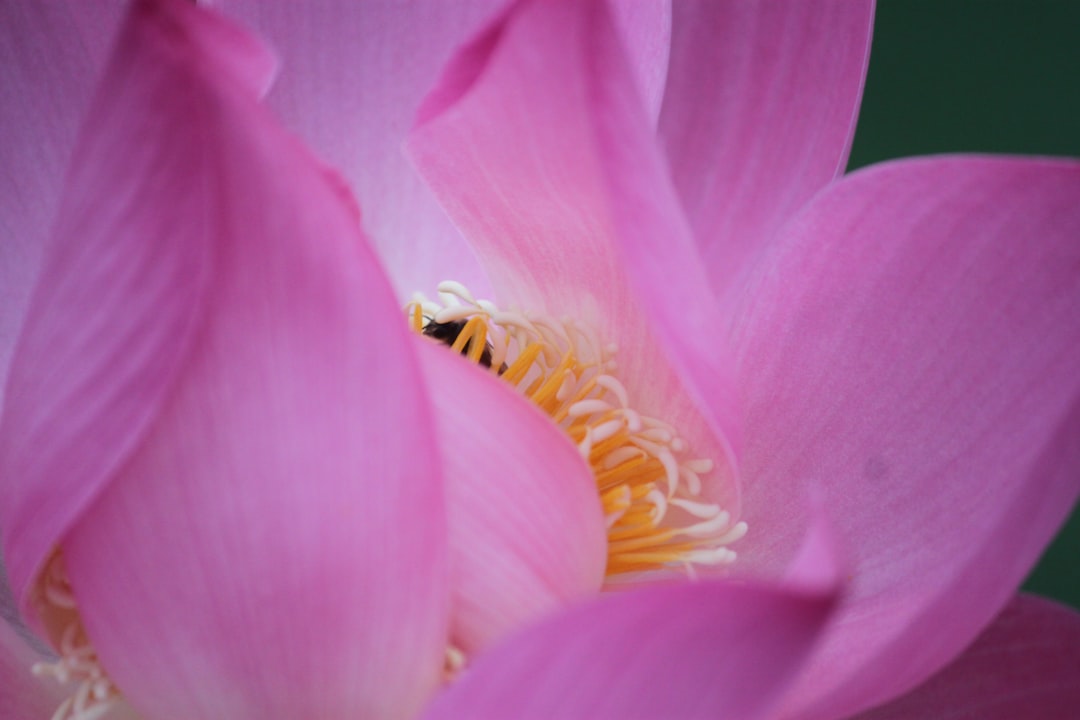The Secret to Thriving Dracaena Houseplants

Dracaena houseplants are a popular choice among indoor gardeners for their resilience and aesthetic appeal. These plants can tolerate a wide variety of growing conditions, making them suitable for beginners and experienced plant enthusiasts alike. In this guide, we will delve into all the basics needed to grow dracaena successfully.
### Understanding Dracaena
Dracaena is a genus of about 120 species of trees and succulent shrubs. They are native to tropical Africa, southern Asia, and northern Australia. The most common species found in homes include Dracaena marginata, Dracaena fragrans, and Dracaena deremensis. These plants are known for their long, sword - shaped leaves that can come in a variety of colors, including green, yellow, and red.
### Light Requirements
One of the reasons dracaena is so popular is its ability to adapt to different light conditions. While they prefer bright, indirect light, they can also tolerate low - light environments. Direct sunlight can scorch their leaves, so it's best to place them near a window with a sheer curtain or in a room with filtered light. If you notice that the leaves are losing their color or becoming pale, it may be a sign that the plant is not getting enough light. On the other hand, if the leaves are turning brown or yellow, it could be due to too much direct sunlight.
### Watering
Overwatering is one of the most common mistakes when it comes to growing dracaena. These plants prefer to dry out slightly between waterings. A good rule of thumb is to water your dracaena when the top inch or two of soil feels dry to the touch. Use room - temperature water, as cold water can shock the plant. When watering, make sure to thoroughly soak the soil until water drains out of the bottom of the pot. Avoid letting the plant sit in standing water, as this can lead to root rot.
### Soil and Fertilizer
Dracaena thrives in well - draining soil. A good potting mix for dracaena should contain a combination of peat moss, perlite, and vermiculite. This type of soil allows for proper air circulation and drainage. Fertilizing your dracaena is also important for its growth. During the growing season (spring and summer), you can fertilize your plant once a month with a balanced, water - soluble fertilizer. In the fall and winter, reduce fertilizing to once every two to three months, as the plant's growth slows down during this time.
### Temperature and Humidity
Dracaena prefers average room temperatures between 60°F and 75°F (15°C - 24°C). They can tolerate slightly cooler temperatures, but avoid exposing them to temperatures below 50°F (10°C). As for humidity, these plants can adapt to average household humidity levels. However, if the air in your home is very dry, you can increase humidity around the plant by using a humidifier, placing a tray of water near the plant, or grouping it with other plants.
### Pruning
Pruning is an important part of dracaena care. You can prune your dracaena to control its size and shape. Use sharp, clean pruning shears to remove any dead, damaged, or yellowing leaves. You can also cut back the stems to encourage bushier growth. When pruning, make sure to cut at a 45 - degree angle just above a leaf node.
### Propagation
Propagating dracaena is relatively easy. One common method is stem cuttings. To propagate using stem cuttings, take a 4 - 6 inch cutting from the top of the plant. Remove the lower leaves and dip the cut end in rooting hormone. Place the cutting in a pot filled with moist potting soil and keep it in a warm, bright location. Roots should start to develop within a few weeks.
### Pests and Diseases
Dracaena can be susceptible to a few pests and diseases. Common pests include spider mites, mealybugs, and scale insects. To prevent pest infestations, keep your plant clean and inspect it regularly. If you notice pests, you can use insecticidal soap or neem oil to treat the plant. As for diseases, root rot is the most common problem, which is usually caused by overwatering. Make sure to follow proper watering practices to prevent this issue.
In conclusion, growing dracaena houseplants can be a rewarding experience. By following these basic care guidelines, you can ensure that your dracaena thrives and adds beauty to your indoor space for years to come.